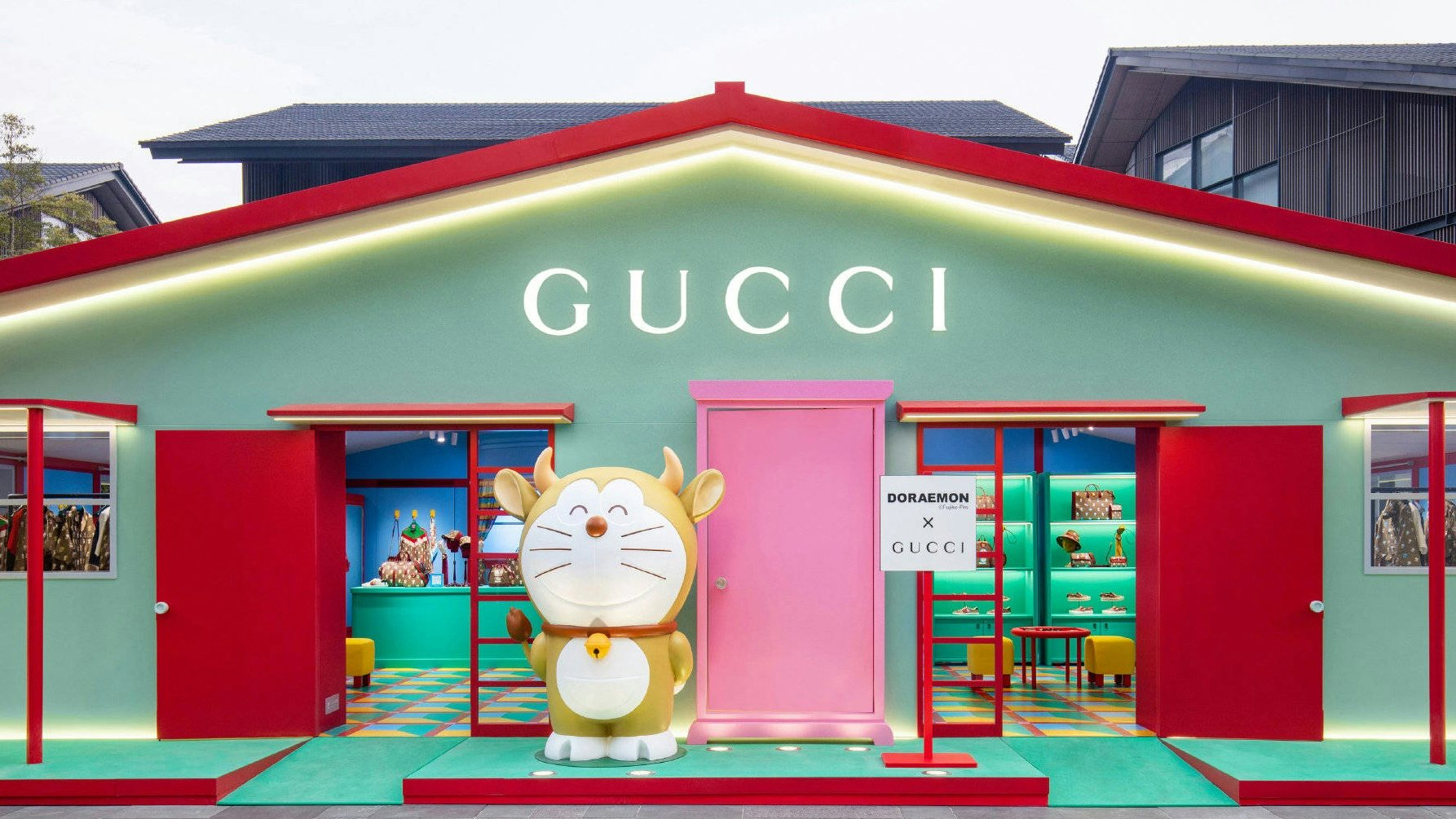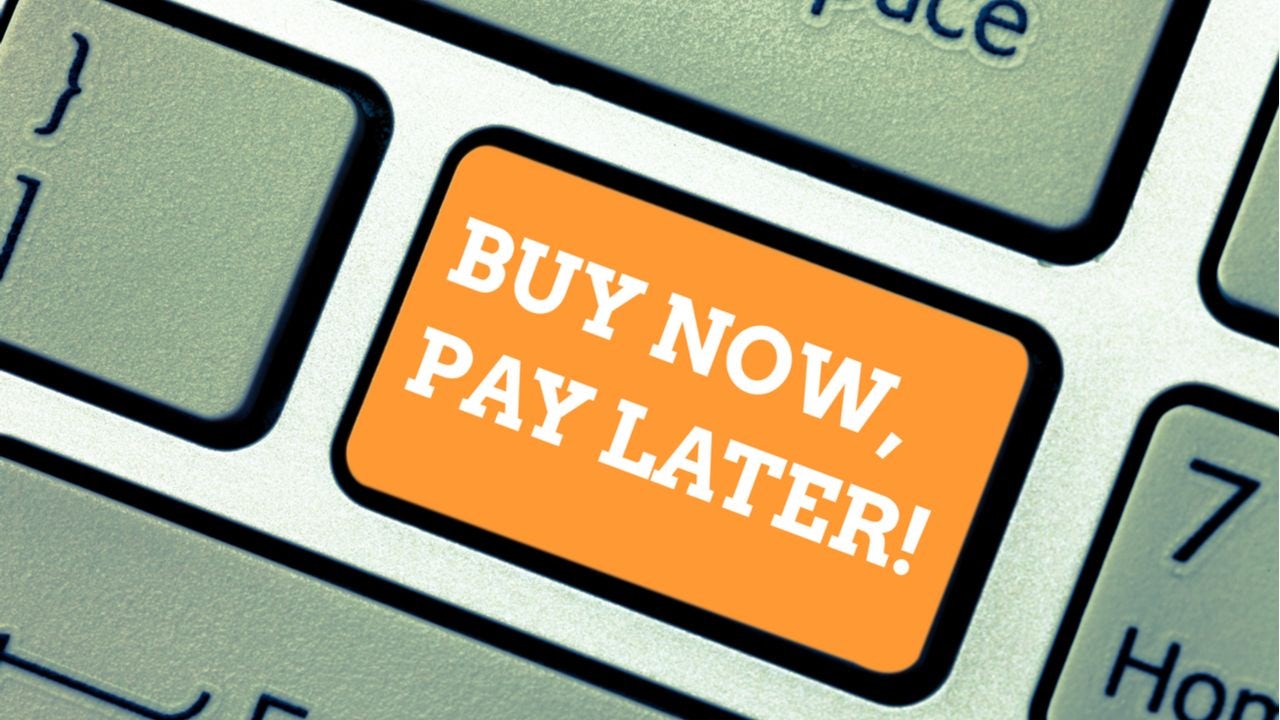Key Takeaways:#
Retailers can expect a strong return to their physical stores once tens of millions of consumers have been vaccinated.
In the third quarter of 2020, online sales in China increased by 27 percent, while offline sales declined by 4 percent.
Retailers that want to thrive in the post-COVID-19 environment must adopt efficient, consumer-centric services and invest in technologies that boost the omnichannel experience across all platforms.
There is much being made of the post-pandemic shift to e-commerce. However, not everyone believes that this consumer shift will push online shopping ahead of offline over the long run. In fact, some retail executives believe offline sales will slowly start to surge again.
“We believe the comeback [in] brick-and-mortar will be gradual,” said Fabrizio Freda, president and chief executive officer of the Estée Lauder Cos. Inc. to WWD. “Brick-and-mortar acceleration takes much more time because it takes not only the technical reopening but takes the consumer confidence to buy in brick-and-mortar… this will only come back more gradually.”
Retailers should expect a strong return to physical stores once governments have vaccinated tens of millions of consumers. Accordingly, in 2021, consumption patterns will change again, and new opportunities and movements will shape the collective identity.
Brands recognizing these shifts ahead of time will be better equipped to beat out competition from small-format stores, which have strengthened customer relationships by emulating the DTC model. Now, let’s look at some of the steps that retailers need to take to reinforce their weaker sales channels and keep customers returning to their stores.
Online#
Nielsen highlights how the trend of online to offline (O2O) shopping has been accelerated during the COVID-19 pandemic, showing that, in the third quarter of 2020, online sales in China increased by 27 percent. Meanwhile, offline sales declined by 4 percent. Moreover, China also recorded an impressive online category expansion, as consumers began purchasing far more than just personal care products via online platforms.
CNBCreports that Alibaba and JD.com set new records during the 2020 Singles Day shopping event by hitting around 115 billion in sales across their shopping websites. However, not all retailers achieved this same level of success.
Therefore, companies that want to take advantage of the O2O trend should invest in visual recognition algorithms, AR-powered gamification software to boost customer loyalty and engagement, artificial intelligence (AI) chatbots that respond to customer inquiries, and data analytics systems to assist with personalized purchasing recommendations.
Physical#
During the pandemic, consumers changed their routines. And nowadays, luxury buyers expect businesses to integrate more health and safety measures.
Agile retailers have responded to this shift by incorporating innovative technologies, such as contactless curbside pickup, indoor positioning system technology, AI-enabled, smart-shopping carts, and radio frequency identification (RFID) technology, which helps with product tagging.
However, the vast majority of offline retailers still need to adopt efficient, consumer-centric services, such as buying-online-and-picking-up-in-store (BOPIS) services, partnerships with super-apps, like WeChat and Alipay, and technologies that boost the omnichannel experience across all platforms.
Curbside pickups and click-and-collect strategies are particularly useful, as they reduce shipping costs and boost in-store purchases. New research by Joann Peck and Terry L. Childers shows that “individual and environmental touch-related factors increase impulse purchasing.”
As such, various Chinese retailers have boosted unplanned purchases by offering tactile experiences. For example, Ford partnered with Alibaba.com’s Tmall Vehicle to offer shoppers a "Super Test Drive" service. Alibaba is also offering tech-enabled features to customers, so they can virtually try on cosmetics and apparel before making purchases.
https://www.youtube.com/watch?v=6k4LnwZnNWE
Meanwhile, the Alibaba-owned department store Intime and Japanese multinational personal care company Shiseido are training their sales consultants to use livestreaming, boosting their in-store marketing efforts.
“We need to merge online and offline to get people to buy more,” said Shiseido’s CEO, Masahiko Uotani, in an interview. “Beauty products are different from others in that human touch is very important, so we need to think about a structure that allows that. There’s a lot we can learn from what’s going on in China.”
Showroom models#
For many businesses, the showroom model has been perfectly suited for the post-COVID-19 environment. Pop-up stores bring in higher engagement, are 80-percent less expensive than traditional stores on average, and represent a safer option than conventional stores.
Unsurprisingly, China is already using new technologies to enhance the showroom model and promote pop-up shopping experiences. Storefront CMO Stephanie Kidder says that pop-up stores fit the Chinese market perfectly because they deliver “a unique, limited-time-only experience,” and they create desirability through a sense of exclusivity.
“This match made in heaven between Chinese consumer culture and the pop-up phenomenon is one of the reasons why pop-up stores have been on the rise in China,” said Kidder. “In fact, the compound annual growth rate of pop-up retailing has exceeded 100 percent since 2015, and estimations tell us that by 2020, over 3,000 pop-up stores will have been launched in China.”

